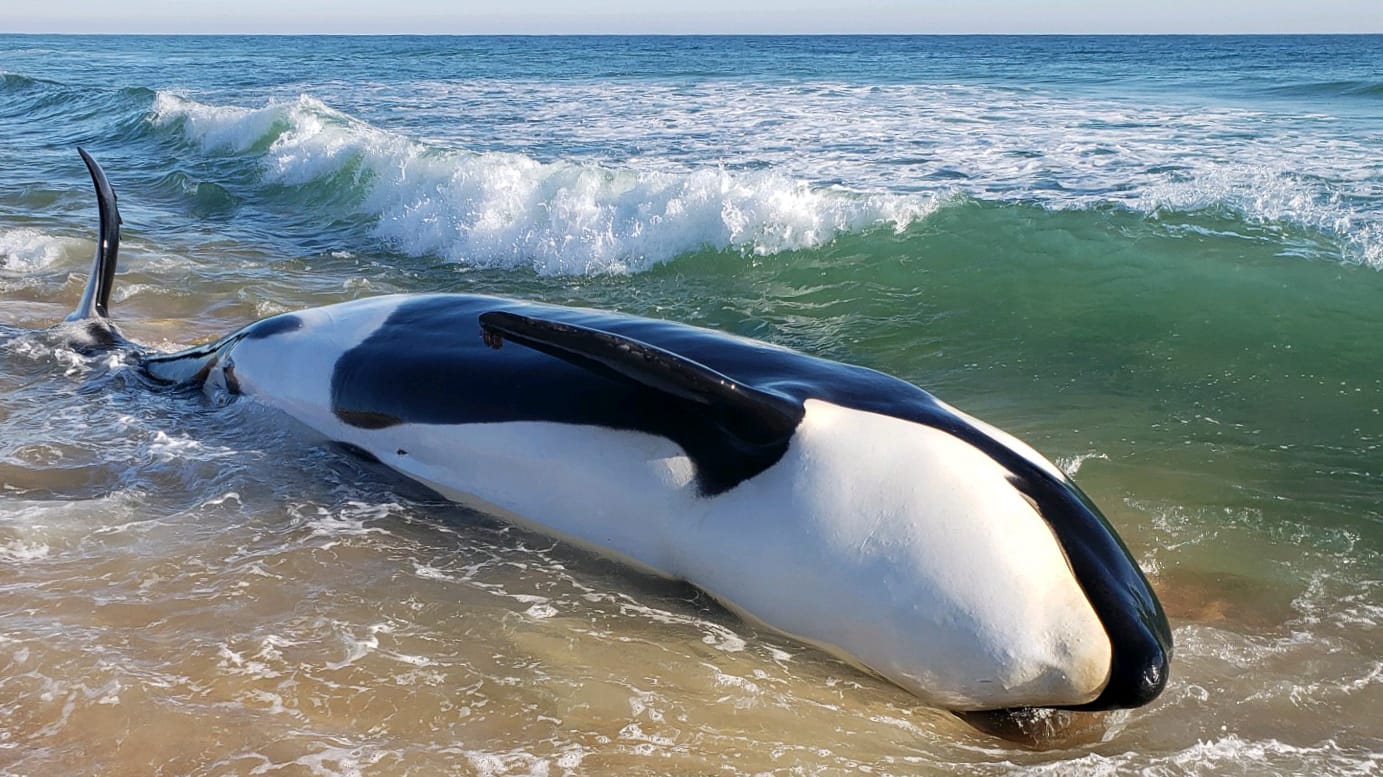You may have heard whispers of colossal orcas patrolling the warm waters of the Gulf of Mexico. Once considered rare visitors to this region, these apex predators are increasingly being spotted, captivating the attention of marine enthusiasts and scientists alike. But why are they here, and what does their presence tell us about the health of this vital ecosystem? Join us as we plunge into the depths of the Gulf to unravel the mysteries surrounding these enigmatic creatures.
A Surprising Discovery: Resident Orcas in Unexpected Waters
You know those iconic black and white whales, orcas, often called “killer whales”? We usually picture them in chilly, Arctic waters, right? Well, what if we told you there’s a distinct population that calls the warm Gulf of Mexico home?
It might seem surprising, but the Gulf of Mexico harbors its own resident orca population, scientifically recognized as the “Northern Gulf of Mexico Stock.” These aren’t just passing visitors; evidence suggests they live and thrive in these waters year-round. While much remains unknown, scientists are diligently piecing together the puzzle of this unique population, and every new sighting, every bit of research, adds a crucial piece to the story.
Want to learn more about the interesting inhabitants of the Gulf of Mexico? Check out our article on orcas in the Gulf of Mexico to quench your thirst for knowledge.
The DeSoto Canyon: An Orca Oasis?
One place where these Gulf orcas seem particularly drawn to is the DeSoto Canyon, a massive underwater chasm off the coast of Florida. Imagine an underwater version of the Grand Canyon, teeming with a rich diversity of marine life. Researchers believe that DeSoto Canyon, with its abundant food supply and unique underwater terrain, might be a critical habitat for these orcas, serving as a potential feeding and calving ground.
Emerging Evidence: A Glimpse into Their World
For a long time, sightings of orcas in the Gulf were infrequent and often anecdotal. The vastness of the ocean and the elusive nature of these animals made it challenging to study them. However, recent years have brought a surge in sightings, often captured on video by researchers and even lucky bystanders. These videos provide invaluable insights into Gulf orca behavior, social dynamics, and interactions with other species.
For instance, in June 2024, a charter boat captain off the coast of Destin, Florida, filmed a pod of orcas casually navigating the waters, showcasing their impressive size and graceful movements. This footage, along with other recent sightings, hints at a potential increase in their numbers or a shift in their distribution patterns, prompting scientists to investigate further.
Unraveling the Mysteries: The Importance of Ongoing Research
While exciting, these recent sightings underscore how much we still don’t know about Gulf of Mexico orcas. Ongoing research seeks to answer fundamental questions:
- Population Size and Dynamics: How many orcas make up the Northern Gulf of Mexico Stock, and what is their population trend?
- Habitat Use and Movement Patterns: Where do they go, and what factors influence their movements within the Gulf?
- Diet and Feeding Ecology: What prey species do they rely on, and how do their feeding habits impact the Gulf’s ecosystem?
These questions are critical not only for understanding orcas themselves but also for informing conservation efforts and ensuring their long-term survival, particularly in the face of increasing human activity in the region.
Conservation Challenges: Protecting Gulf of Mexico Orcas
As we learn more about the presence of orcas in the Gulf of Mexico, it becomes increasingly vital to address the potential threats they face.
- Oil and Gas Exploration: The Gulf of Mexico is a hub for oil and gas activities, which pose risks of oil spills, noise pollution, and habitat disturbance.
- Fisheries Interactions: Orcas may interact with fishing gear or compete with fisheries for prey resources, leading to potential entanglement or food scarcity.
- Noise Pollution: Shipping traffic, seismic surveys, and other human-made noise can interfere with orca communication, navigation, and foraging behavior.
Addressing these threats requires a multi-faceted approach involving scientific research, responsible fishing practices, and regulations to minimize noise pollution and prevent oil spills. Citizen science initiatives, where the public contributes to data collection and monitoring, also play a crucial role in expanding our knowledge and promoting conservation efforts.
A Testament to Resilience: Orcas as Indicators of Ocean Health
The presence of orcas in the Gulf of Mexico, a region that has faced environmental challenges, offers a glimmer of hope. As apex predators, their health and well-being are intricately linked to the overall health of the ecosystem. Their presence suggests that efforts to restore and protect the Gulf are showing signs of success.
However, their presence also serves as a potent reminder of the need for continued vigilance and proactive conservation measures. By understanding their role in the Gulf’s intricate web of life, we can work towards a future where both orcas and the Gulf of Mexico thrive for generations to come.












